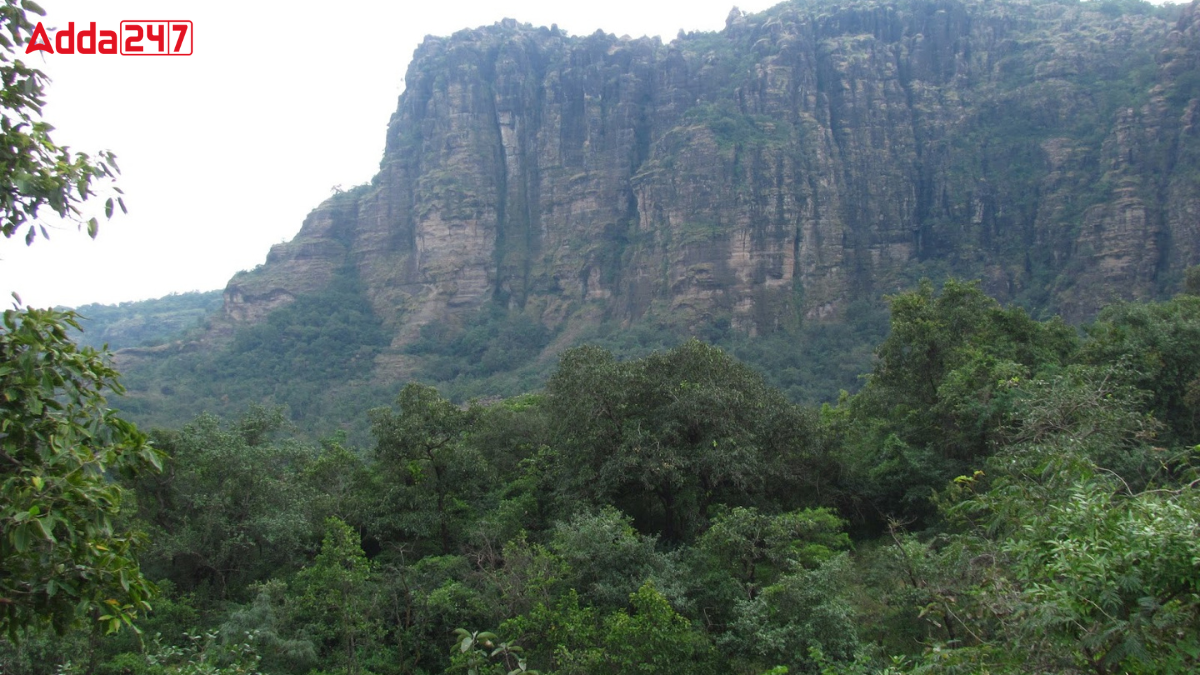Madhya Pradesh, known for its rich cultural heritage and natural beauty, is home to various mountain ranges. Among them, Dhupgarh stands out as the highest peak in the state, attracting nature lovers and adventure seekers alike. This article delves into the significance, geography, and accessibility of Dhupgarh Peak.
An Overview of Madhya Pradesh
Madhya Pradesh, whose name means “central province,” is a state located in the heart of India. The state capital is Bhopal, while Indore is its largest city. Other prominent cities include Jabalpur, Gwalior, Ujjain, Dewas, Sagar, Chhindwara, and Rewa. Madhya Pradesh is the second-largest state in India by area and ranks fifth in population, with more than 72 million people. It shares its borders with Uttar Pradesh in the northeast, Chhattisgarh in the east, Maharashtra in the south, Gujarat in the west, and Rajasthan in the northwest.
Number of Districts in Madhya Pradesh
Madhya Pradesh is divided into 55 districts, which are organized into 10 administrative divisions: Bhopal, Jabalpur, Chambal, Gwalior, Indore, Narmadapuram, Rewa, Sagar, Shahdol, and Ujjain. Each district is further subdivided into 428 tehsils, or subdistricts, with tehsil offices handling land records and various administrative tasks.
Highest Peak of Madhya Pradesh
Mount Dhupgarh, also known as Mount Dhoopgarh, is the highest peak in Madhya Pradesh, located within the Mahadeo Hills of the Satpura Range. Known for its scenic beauty and panoramic views, the peak offers visitors a tranquil escape and a perfect spot to enjoy breathtaking sunsets.
Location of Dhupgarh, Highest Peak of Madhya Pradesh
Mount Dhupgarh is situated near the town of Pachmarhi in the Hoshangabad district of Madhya Pradesh. The peak stands at an impressive elevation of 1,352 meters (4,436 feet), making it the highest point in the state. This area is part of the Satpura Range, known for its dense forests, rich biodiversity, and beautiful landscapes.
Popular Tourist Attractions
Mount Dhupgarh is renowned for its stunning sunset views. Tourists often visit the peak in the late afternoon to watch the sun set behind the surrounding hills, casting a golden hue over the landscape. The nearby Pachmarhi Hill Station offers comfortable accommodation and access to various trekking and sightseeing opportunities. Many tourists also enjoy the fresh air and peaceful environment that this high-altitude region provides.




 Top and Bottom 10 Countries in the Globa...
Top and Bottom 10 Countries in the Globa...
 Which Country has the Highest Number of ...
Which Country has the Highest Number of ...
 Which was the First Country to Start Chr...
Which was the First Country to Start Chr...







